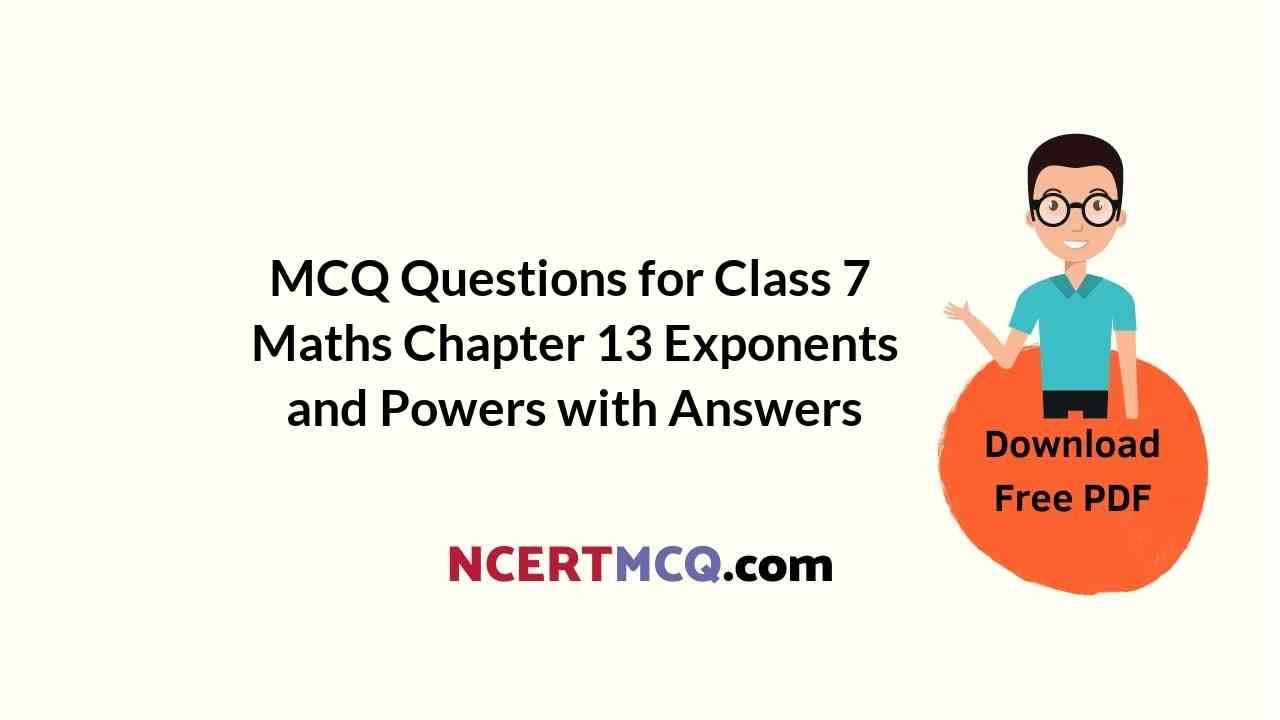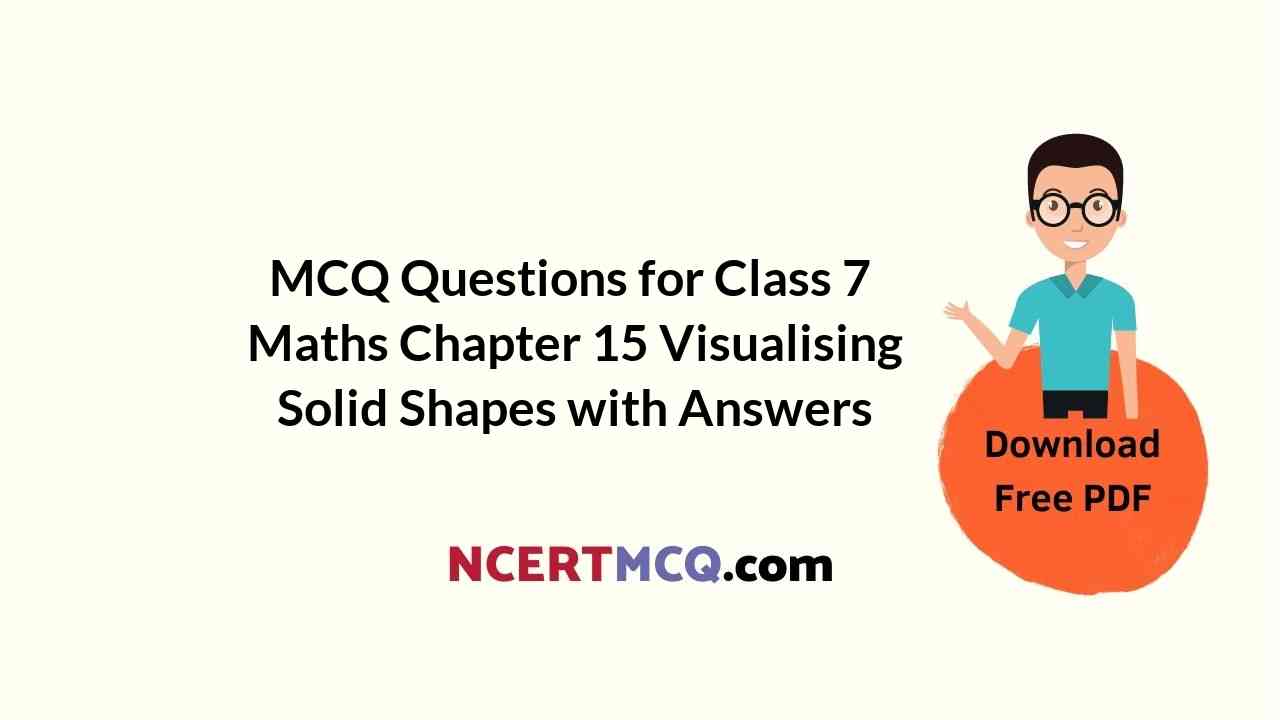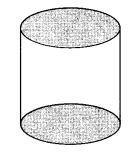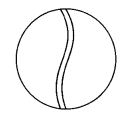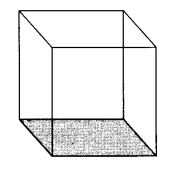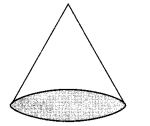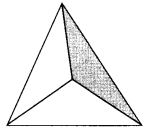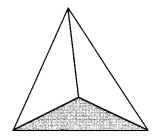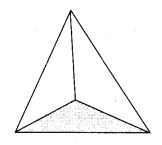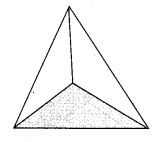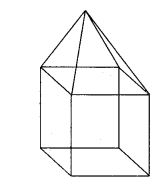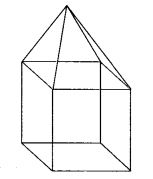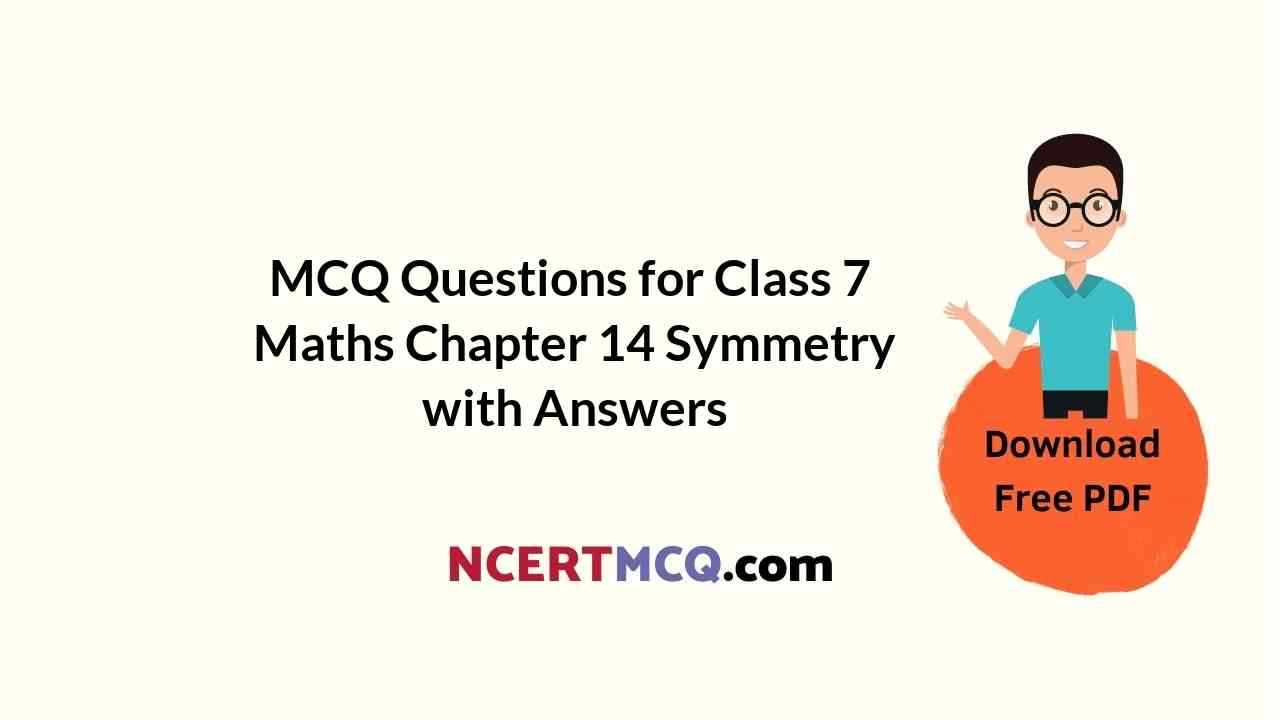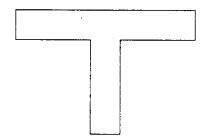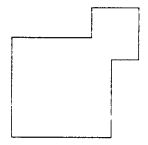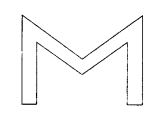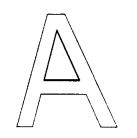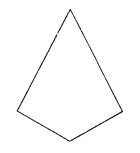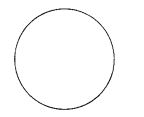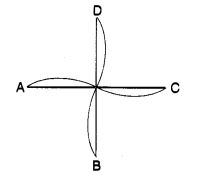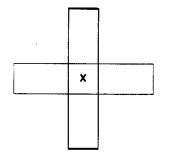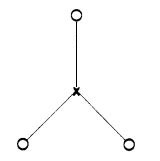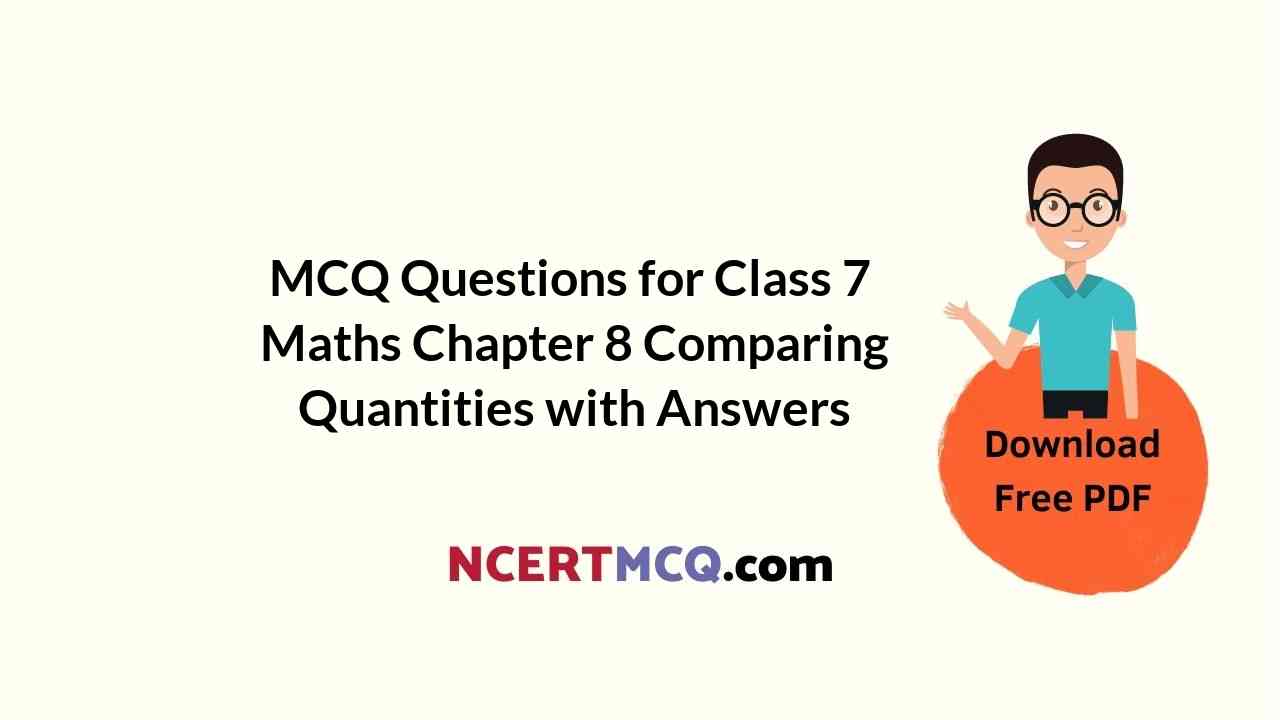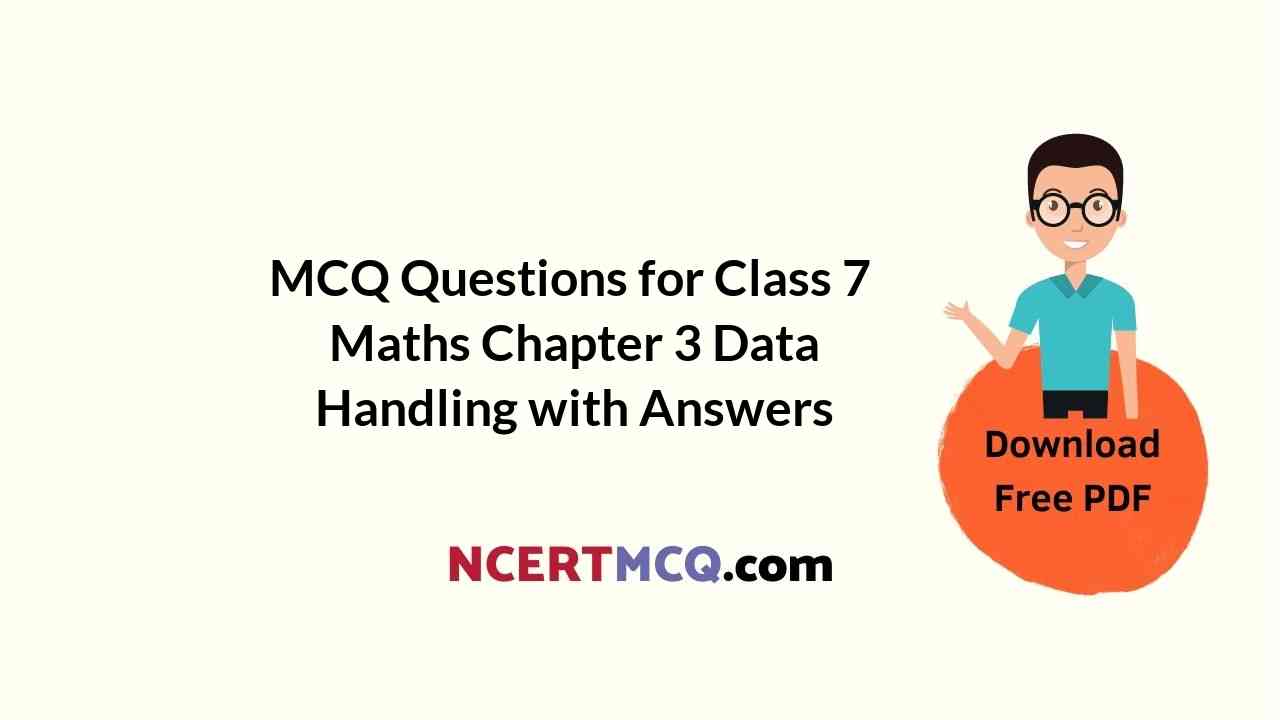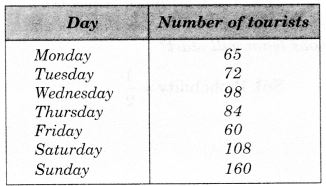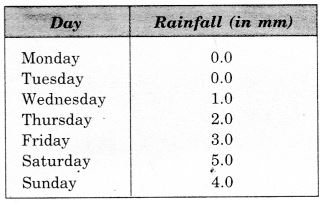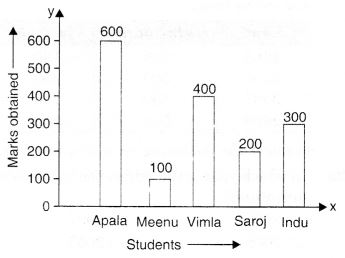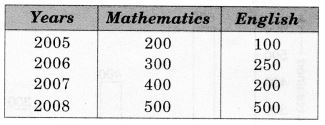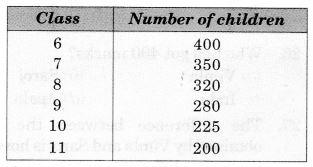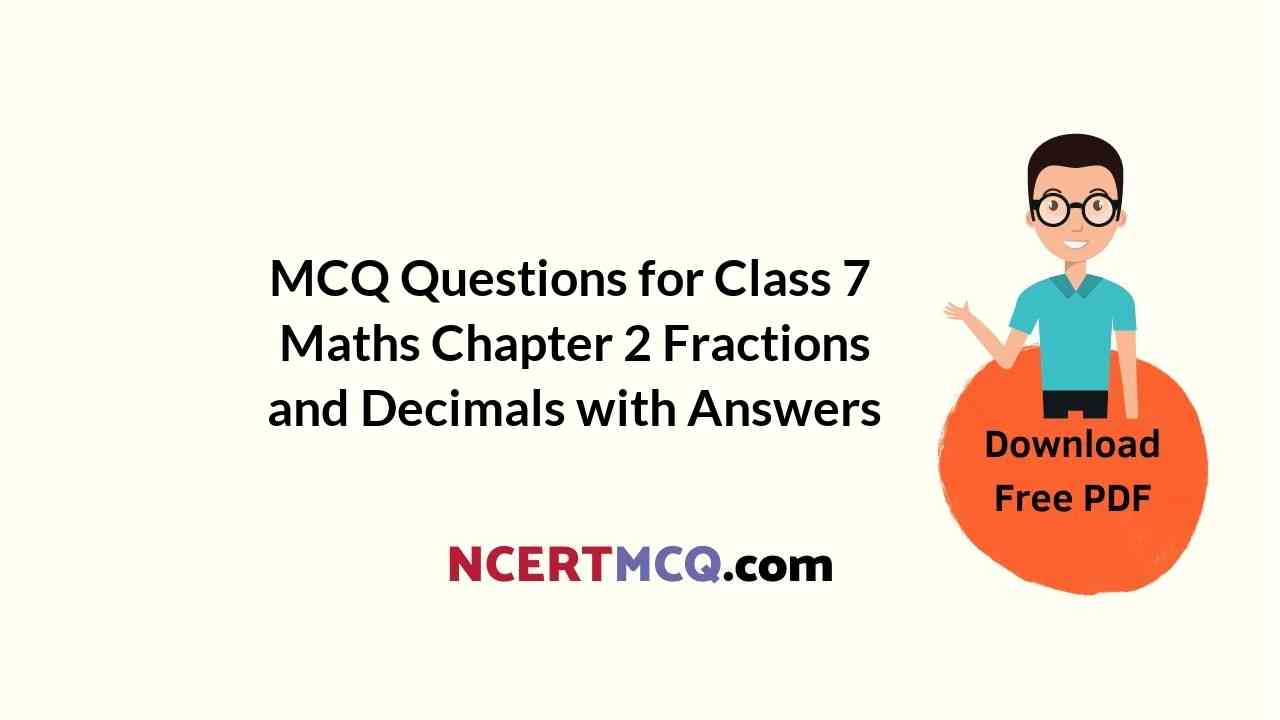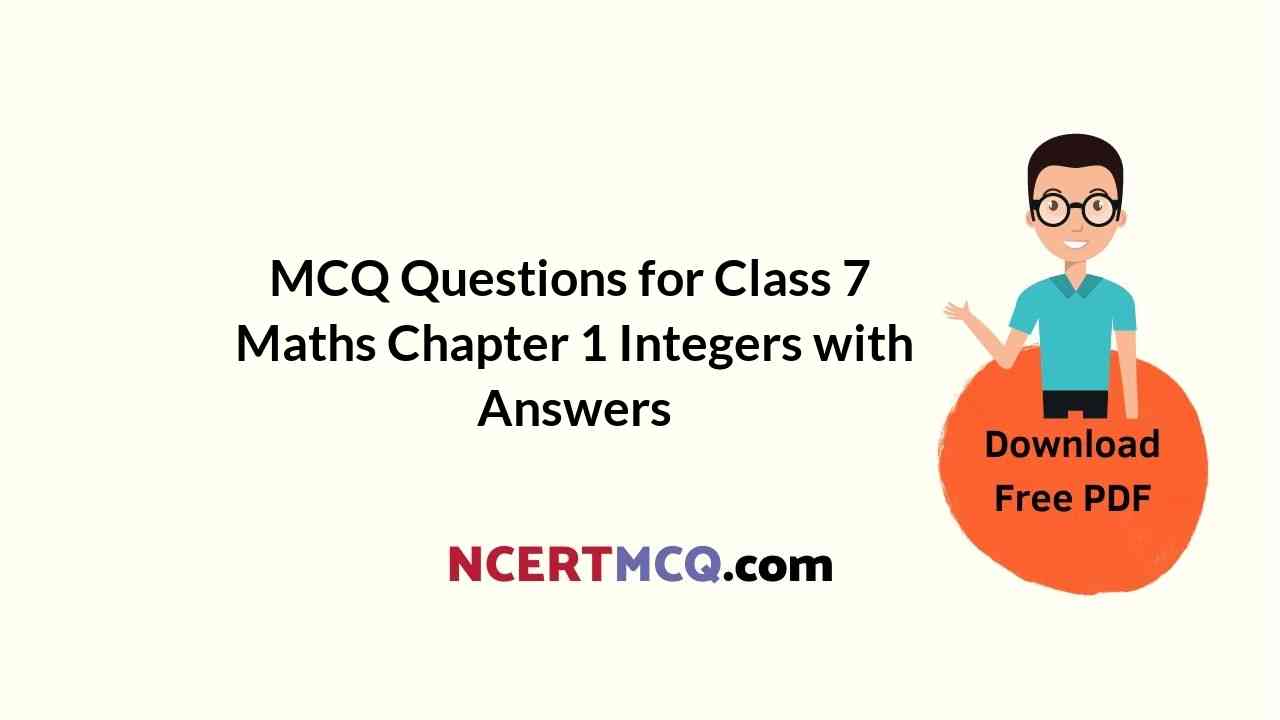Check the below Online Education NCERT MCQ Questions for Class 7 Maths Chapter 13 Exponents and Powers with Answers Pdf free download. MCQ Questions for Class 7 Maths with Answers were prepared based on the latest exam pattern. We have provided Exponents and Powers Class 7 Maths MCQs Questions with Answers to help students understand the concept very well. https://ncertmcq.com/mcq-questions-for-class-7-maths-with-answers/
Students can also refer to NCERT Solutions for Class 7 Maths Chapter 13 Exponents and Powers for better exam preparation and score more marks.
Online Education for Exponents and Powers Class 7 MCQs Questions with Answers
Exponents And Powers Class 7 MCQ Question 1.
The exponential form of 10000 is
(a) 103
(b) 104
(c) 105
(d) none of these
Answer
Answer: (b) 104
Hint:
10000 = 10 × 10 × 10 × 10 = 104
MCQ On Exponents And Powers For Class 7 Question 2.
The exponential form of 100000 is
(a) 103
(b) 104
(c) 105
(d) none of these
Answer
Answer: (c) 105
Hint:
100000 = 10 × 10 × 10 × 10 × 10 = 105
Class 7 Exponents And Powers MCQ Question 3.
The exponential form of 81 is
(a) 34
(b) 33
(c) 32
(d) none of these
Answer
Answer: (a) 34
Hint:
81 = 3 × 3 × 3 × 3 = 34
MCQ Questions For Class 7 Maths Exponents And Powers Question 4.
The exponential form of 125 is
(a) 54
(b) 53
(c) 52
(d) none of these
Answer
Answer: (b) 53
Hint:
125 = 5 × 5 × 5 = 53
MCQ Of Exponents And Powers Class 7 Question 5.
The exponential form of 32 is
(a) 23
(b) 24
(c) 25
(d) none of these
Answer
Answer: (c) 25
Hint:
32 = 2 × 2 × 2 × 2 × 2 = 25
Exponents And Powers MCQ Class 7 Question 6.
The exponential form of 243 is
(a) 35
(b) 34
(c) 33
(d) 32
Answer
Answer: (a) 35
Hint:
243 = 3 × 3 × 3 × 3 × 3 = 35
MCQ Questions On Exponents And Powers For Class 7 Question 7.
The exponential form of 64 is
(a) 25
(b) 26
(c) 27
(d) 28
Answer
Answer: (b) 26
Hint:
64 = 2 × 2 × 2 × 2 × 2 × 2 = 26
Class 7 Maths Exponents And Powers MCQ Question 8.
The exponential form of 625 is
(a) 52
(b) 53
(c) 54
(d) 55
Answer
Answer: (c) 54
Hint:
625 = 5 × 5 × 5 × 5 = 54
Class 7 Exponents And Powers Extra Questions MCQ Question 9.
The exponential form of 1000 is
(a) 101
(b) 102
(c) 103
(d) 104
Answer
Answer: (c) 103
Hint:
1000 = 10 × 10 × 10 = 103
Class 7 Maths Chapter 13 MCQ Question 10.
The value of (- 2)3 is
(a) 8
(b) -8
(c) 16
(d) -16
Answer
Answer: (b) -8
Hint:
(-2)3 = (-2) × (-2) × (-2) = -8
MCQ On Indices For Class 7 Question 11.
The value of (- 2)4 is
(a) 8
(b) -8
(c) 16
(d) -16
Answer
Answer: (c) 16
Hint:
(-2)4 = (-2) × (-2) × (-2) × (-2) = 16
MCQ Exponents And Powers Class 7 Question 12.
What is the base in 82?
(a) 8
(b) 2
(c) 6
(d) 10
Answer
Answer: (a) 8
Exponents And Powers Class 7 MCQ With Answers Question 13.
What is the exponent in 82?
(a) 8
(b) 2
(c) 16
(d) 6
Answer
Answer: (b) 2
MCQ Questions For Class 7 Maths Chapter 13 Question 14.
(-1)even number =
(a) -1
(b) 1
(c) 0
(d) none of these
Answer
Answer: (b) 1
Class 7 Maths Chapter 13 Extra Questions Question 15.
(-1)odd number =
(a) -1
(b) 1
(c) 0
(d) none of these
Answer
Answer: (a) -1
Question 16.
0 × 104 =
(a) 0
(b) 104
(c) 1
(d) none of these
Answer
Answer: (a) 0
Question 17.
If 23 × 24 = 2?, then ? =
(a) 3
(b) 4
(c) 1
(d) 7
Answer
Answer: (d) 7
Hint:
23 × 24 = 23+4 = 27
Question 18.
If (- 3)4 × (-3)6 = (-3)?, then ? =
(a) 4
(b) 10
(c) 6
(d) 12
Answer
Answer: (b) 10
Hint:
(-3)4 × (-3)6 = (-3)4+6 = (-3)10
Question 19.
27 ÷ 23 =
(a) 24
(b) 210
(d) 2
(d) \(\frac { 1 }{ 2 } \)
Answer
Answer: (a) 24
Hint:
27÷ 23 = 27-3 = 24
Question 20.
106 ÷ 105 =
(a) 101
(b) 105
(c) 106
(d) 1011
Answer
Answer: (a) 101
Hint:
106 ÷ 105 = 106-5 = 101
Question 21.
b × b × b × b × b =
(a) b5
(b) b4
(c) b6
(d) b3
Answer
Answer: (a) b5
Question 22.
(-5)4 =
(a) 125
(b) 625
(c) 375
(d) 125
Answer
Answer: (b) 625
Hint:
(-5)4 = (-5) × (-5) × (-5) × (-5) = 625
Question 23.
am × an =
(a) am+n
(b) am-n
(c) amn
(d) am/n
Answer
Answer: (a) am+n
Question 24.
am ÷ an =
(a) am+n
(b) am-n
(c) amn
(d) am/n
Answer
Answer: (b) am-n
Question 25.
(22)3 =
(a) 22
(b) 23
(c) 21
(d) 26
Answer
Answer: (d) 26
Hint:
(22)3 = 22×3 = 26
Question 26.
(52)10 =
(a) 52
(b) 520
(c) 510
(d) 55
Answer
Answer: (b) 520
Hint:
(52)10 = 52×10 = 520
Question 27.
(am)n =
(a) am+n
(b) am-n
(c) amn
(d) am/n
Answer
Answer: (c) amn
Question 28.
If a is any non-zero integer, then a0 =
(a) a
(b) 0
(c) 1
(d) none of these
Answer
Answer: (c) 1
Question 29.
30 =
(a) 0
(b) 1
(c) 3
(d) none of these
Answer
Answer: (b) 1
Question 30.
30 × 40 × 50 =
(a) 1
(b) 3
(c) 4
(d) 5
Answer
Answer: (a) 1
Hint:
30 × 40 × 50 = 1 × 1 × 1 = 1
Question 31.
(20 + 30) × 40 =
(a) 1
(b) 2
(c) 3
(d) 4
Answer
Answer: (b) 2
Hint:
(20 + 30) × 40 = (1 + 1) × 1 = 2
Question 32.
30 + 40 + 50 =
(a) 1
(b) 2
(c) 3
(d) none of these
Answer
Answer: (c) 3
Hint:
30 + 40 + 50 = 1 + 1 + 1 = 3
Question 33.
Which of the following is true?
(a) 20 = (100)0
(b) 102 × 108 = 1016
(c) 22 × 33 = 65
(d) 23 > 32
Answer
Answer: (a) 20 = (100)0
Hint:
20 = (100)0 = 1
Question 34.
(22 × 2)2 =
(a) 23
(b) 24
(c) 25
(d) 26
Answer
Answer: (d) 26
Hint:
(22 × 2)2 = (22+1)2 = (23)2 = 23×2 = 26
Question 35.
\(\frac { { 3 }^{ 8 } }{ { 3 }^{ 5 }\times { 3 }^{ 3 } } =\)
(a) 1
(b) 3
(c) 5
(d) 8
Answer
Answer: (a) 1
Hint:
\(\frac{3^8}{3^5×3^3}\) = \(\frac{3^8}{3^{5+3}}\) = \(\frac{3^8}{3^8}\) = 1
Question 36.
(\(\frac { { a }^{ 4 } }{ { a }^{ 2 } } \times { a }^{ 3 }=\))
(a) a4
(b) a5
(c) a6
(d) a8
Answer
Answer: (b) a5
Hint:
(\(\frac{a^4}{a^2}\)) × a3 = a4-2 × a3 = a2 × a3
= a2+3 = a5
Question 37.
82 ÷ 24 =
(a) 1
(b) 2
(c) 3
(d) 4
Answer
Answer: (d) 4
Hint:
82 + 24 = \(\frac{(2×2×2)^2}{2^4}\) = \(\frac{(2^3)^2}{2^4}\)
= \(\frac{2^{3×2}}{2^4}\) = \(\frac{2^6}{2^4}\) = 26-4 = 22 = 4
Question 38.
(-2a)3 =
(a) 2a3
(b) 4a3
(c) 8a3
(d) -8a3
Answer
Answer: (d) -8a3
Hint:
(-2a)3 = (-2a) × (-2a) × (-2a) = -8a3
Question 39.
am ÷ bm =
(a) am bm
(b) (\(\frac { a }{ b } \))m
(c) \(\frac { a }{ b } \)
(d) 1
Answer
Answer: (b) (\(\frac { a }{ b } \))m
Question 40.
(ab)m =
(a) am bm
(b) amb
(c) abm
(d) ab
Answer
Answer: (a) am bm
Question 41.
333 in standard form is
(a) 3.33 × 102
(b) 3.33 × 103
(c) 3.33 × 101
(d) 3.33 × 104
Answer
Answer: (a) 3.33 × 102
Question 42.
6000 in standard form is
(a) 6 × 103
(b) 6 × 106
(c) 6 × 104
(d) 6 × 105
Answer
Answer: (a) 6 × 103
Question 43.
3430000 in standard form is
(a) 3.43 × 106
(b) 3.43 × 104
(c) 3.43 × 102
(d) 3.43 × 1010
Answer
Answer: (a) 3.43 × 106
Question 44.
1353000000 in standard form is
(a) 1.353 × 109
(b) 1.353 × 106
(c) 1.353 × 103
(d) 1.353 × 1012
Answer
Answer: (a) 1.353 × 109
Question 45.
100000000000 in standard form is
(a) 1 × 108
(b) 1 × 109
(c) 1 × 1010
(d) 1 × 1011
Answer
Answer: (d) 1 × 1011
We hope the given NCERT MCQ Questions for Class 7 Maths Chapter 13 Exponents and Powers with Answers Pdf free download will help you. If you have any queries regarding Exponents and Powers CBSE Class 7 Maths MCQs Multiple Choice Questions with Answers, drop a comment below and we will get back to you soon.
